why Now?
Because we too are living among ruins — not only of houses and halls, but of systems, certainties, and identities. To restore is no longer a choice reserved for craftsmen and historians. It is a condition of life. We are all restorers now, whether of buildings, memories, or selves.
In this moment, when speed and novelty tempt us to discard the past, Dialogues in Ruin insists on another pace. A slower one. A contemplative one. One that asks us to stand still in the debris and listen — not only to our own age, but to voices that span centuries.
What You Will Find
Each season, a new dialogue. A ruin as stage. Two minds in conversation. No resolution offered — only the ongoing work of restoration, which is always both unfinished and essential.
You may find humor in the absurdity of their meeting. You may find discomfort in their disagreements. But always you will find the human struggle made visible: to endure, to invent, to rebel, to believe, to remember, to restore.
Welcome
Enter the courtyard. Sit among the tools left idle. Let the thinkers speak. You may leave with no answers, but with the strange, steady sense that ruins are never empty — and that restoration, however futile, is still worth beginning.
A conversation that never was, but always is
Every ruin holds silence. Stones collapse, timbers rot, records scatter — and yet in the quiet, voices still linger. When I walk through such spaces, I cannot help but hear them: the questions of those who lived before us, the warnings of time, the pull of history toward both decay and renewal.
Dialogues in Ruin is a way of listening. I had an idea, to invite thinkers I’ve read who spread across centuries to step into the same courtyard, sit at the same table of broken stone, and argue over what restoration means. It’s fiction – yes – they never met in life — and yet I’ve attempted to have their minds meet here, in the ruins, because the questions they wrestle with are the same ones we face now:
Is restoration an act of duty, or of rebellion?
Is it for permanence, or for defiance?
Does it serve community, or the individual?
Is it faith, or freedom, or folly?
These conversations are staged as plays in fragments. No tools are lifted, no stones are set, no reality present — and yet the ruins stir as words pass between them. Aristotle debates with Camus, Marcus Aurelius with Edison, Newton with Rand, Kafka with Le Corbusier, and more. Each dialogue is part philosophy, part fiction, part meditation — a series of encounters that never were, but always are.
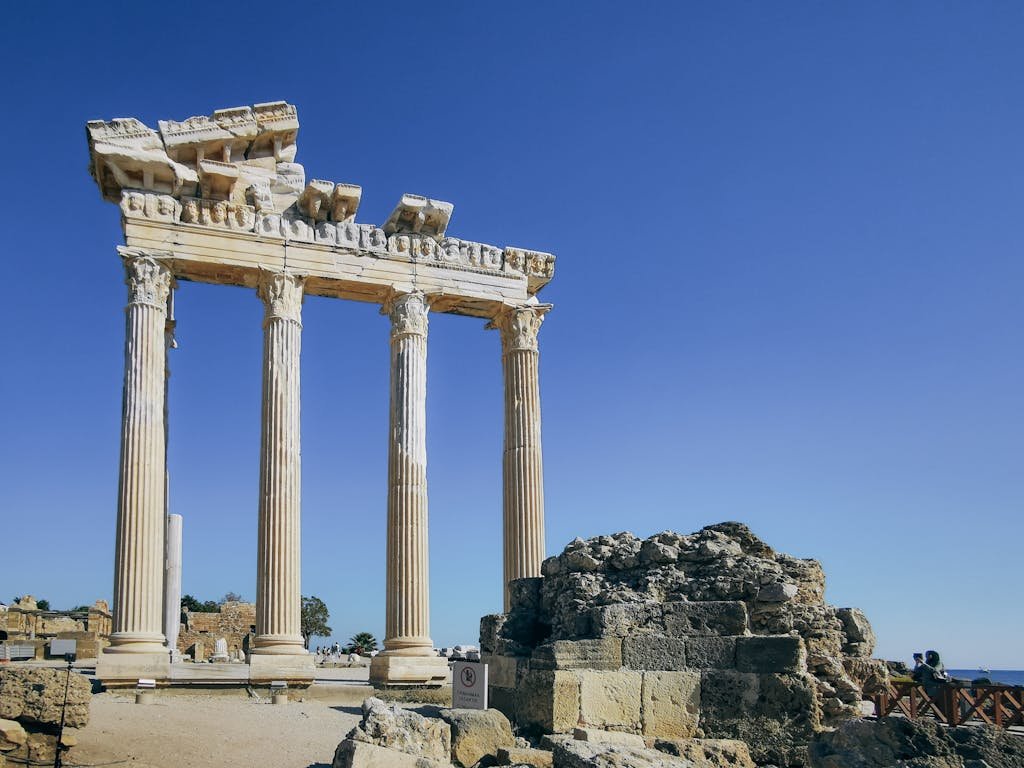
Château Digest Winter 2025- arch I
T
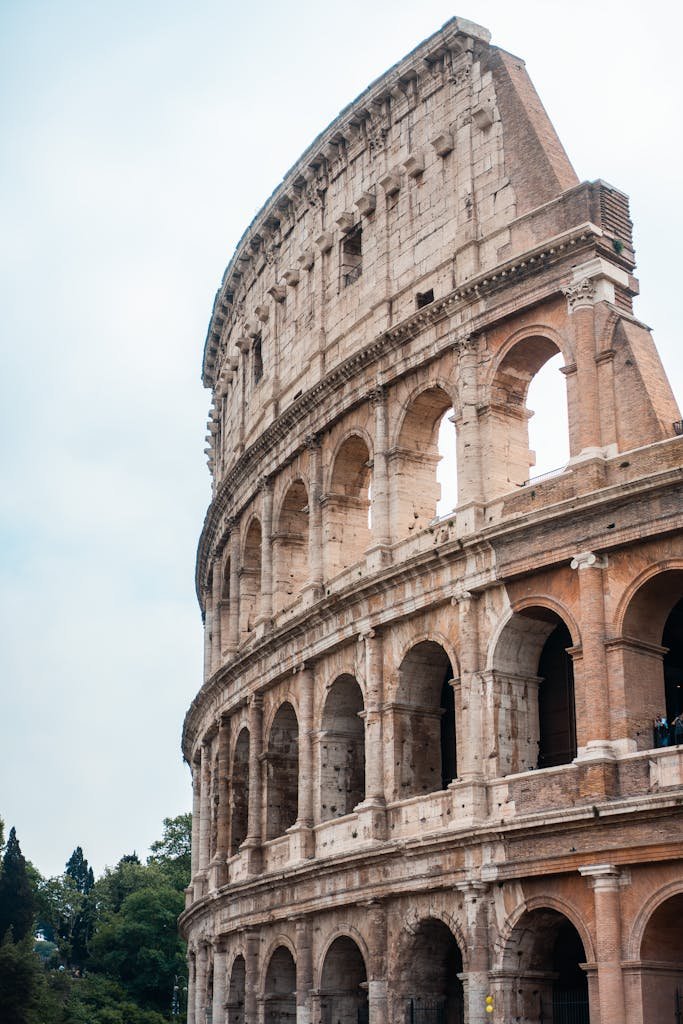
Château Digest Spring 2026 -Arch II
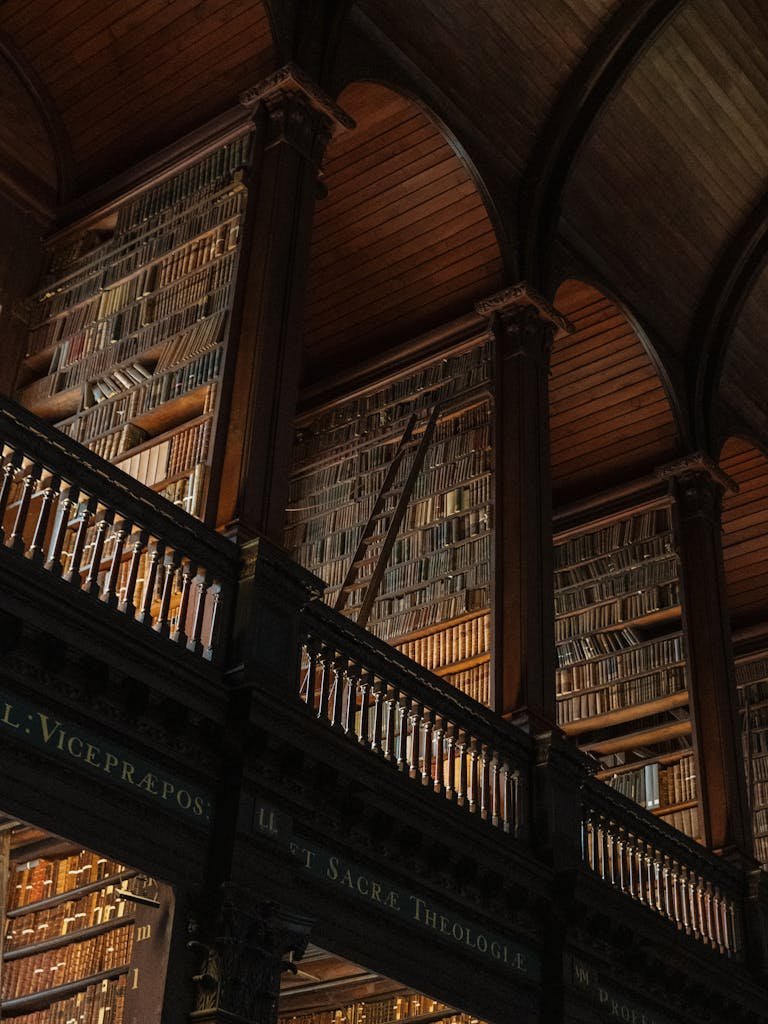
Château Digest Summer 2026 – Arch III
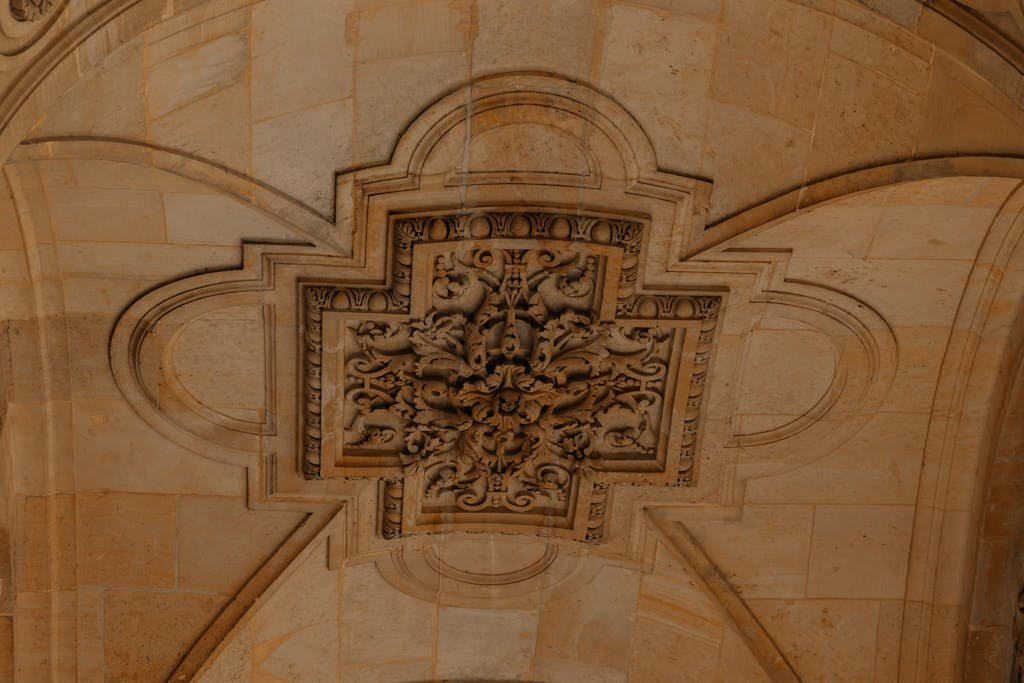
Château Digest Autumn 2026 – Arch IV
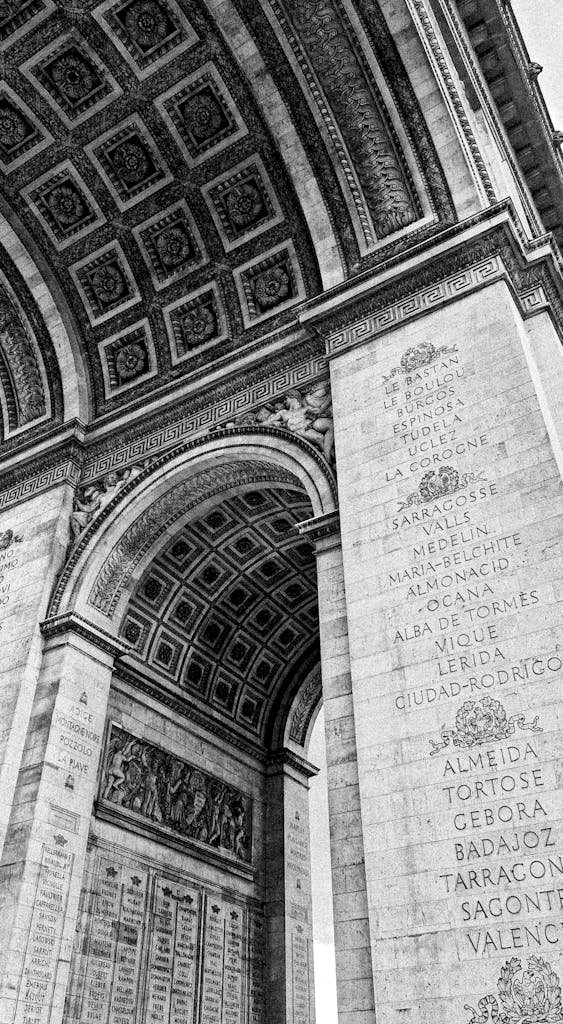
Château Digest Winter 2026 – Arch V
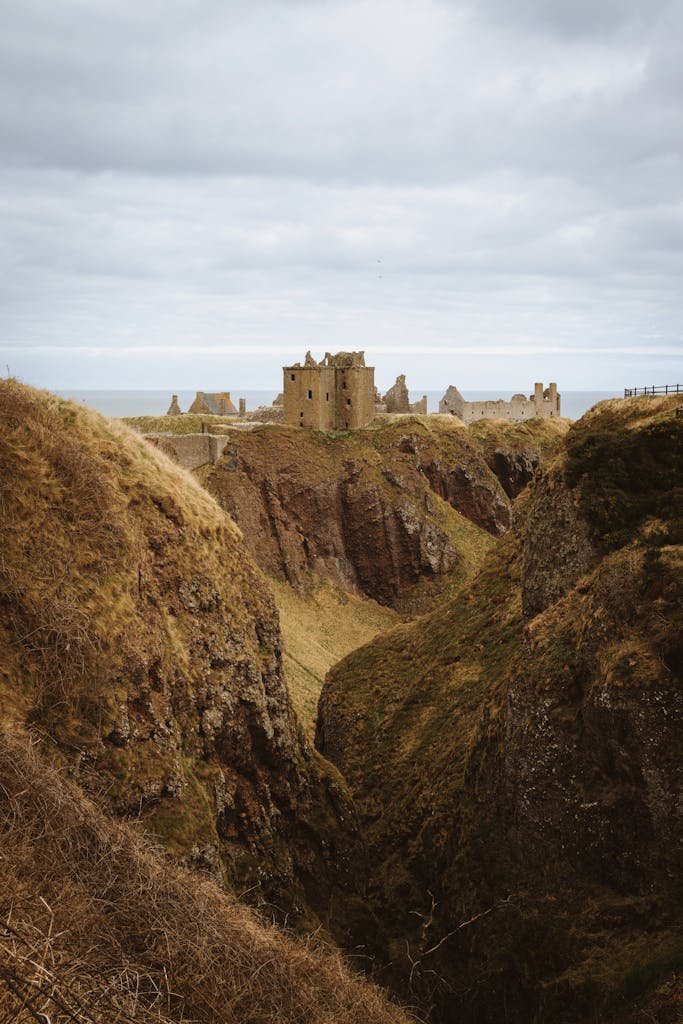
Château Digest Spring 2027 – Arch VI
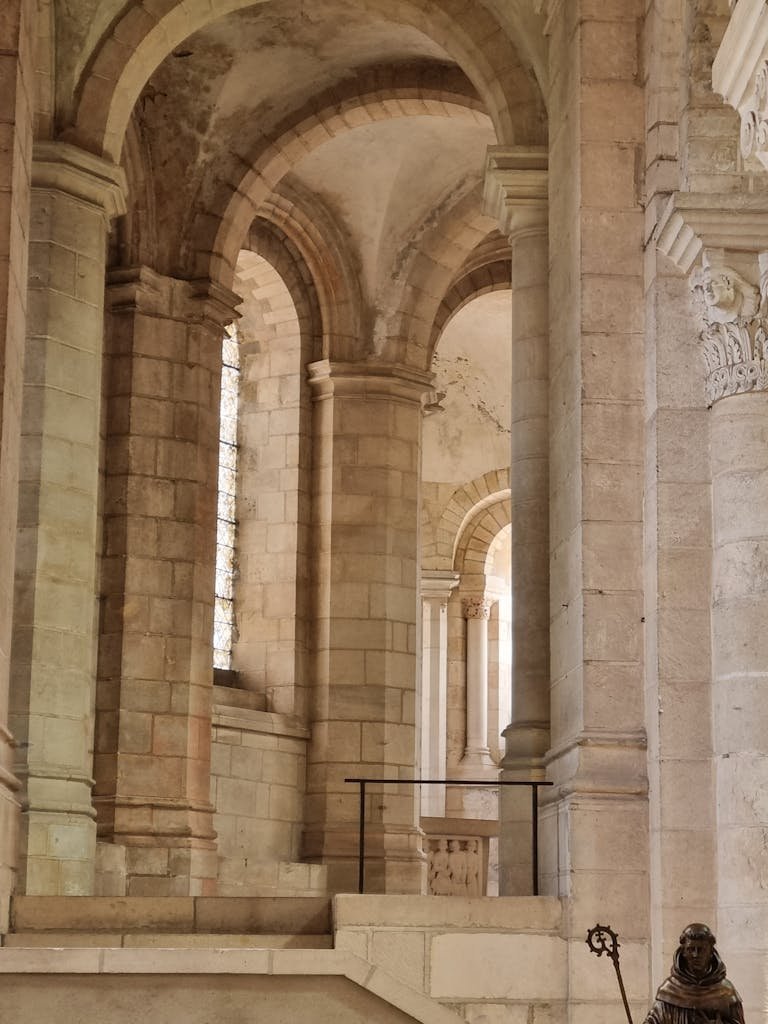
Château Digest Summer 2027 – Arch VII
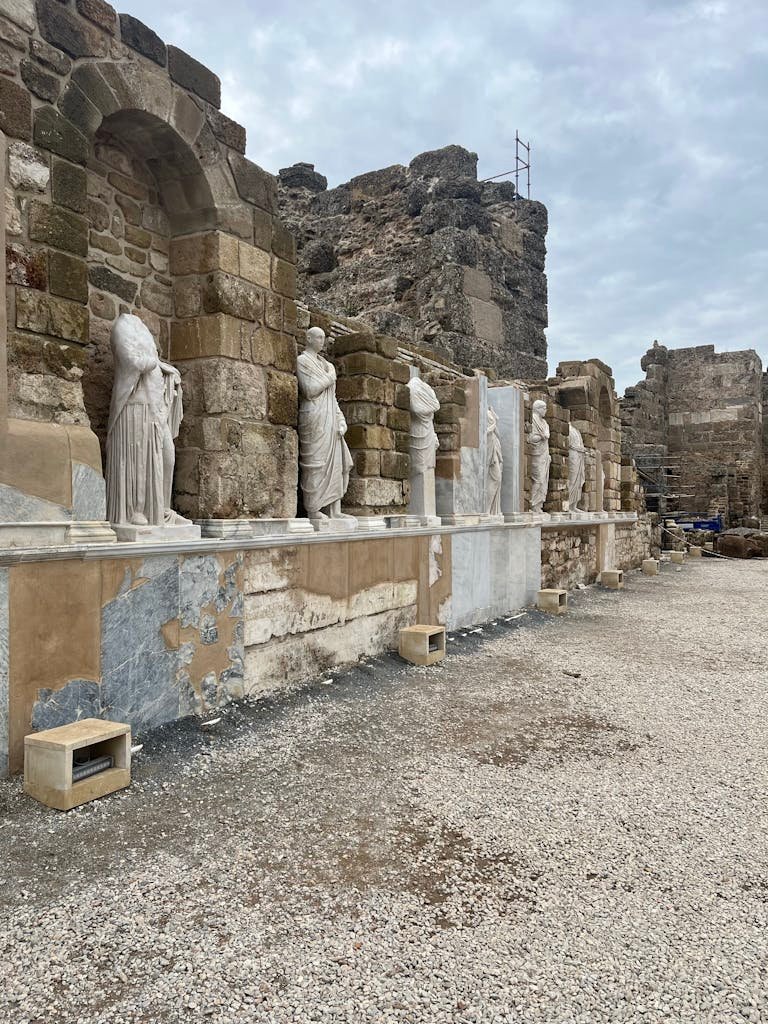
Château Digest Autumn 2027 – Arch VIII
Dialogues in Ruin — Introduction
Spinoza & Whitman
Theme: Order vs. Expansion
Setting: A ruined cloister by the sea. Columns cracked, arches open to the horizon. Salt air drifts through. On the ground, scattered manuscripts, some geometrical diagrams, some scraps of poetry.
Act I — The Vision of the Whole
Spinoza:
(holding a scrap of parchment with a diagram)
All is one substance. God, Nature — they are not apart. This ruin is not ruin, but a form of the whole, expressed in time. To restore is to glimpse the eternal structure beneath decay.
Whitman:
(spreading arms wide toward the horizon)
And I say: I am that structure, and the grass is, and the stones are! Each ruin is not only substance but song. To restore is to sing again, to fling wide the body into all that is.
Spinoza:
Song is passing. Geometry endures.
Whitman:
But geometry without song is silence. What does a circle mean if no lips praise it, if no feet walk it, if no lover finds joy inside its curve?
Act II — On Restoration
Spinoza:
Restoration must follow necessity. A column stands only if its form aligns with proportion, with reason. Virtue lies in understanding this necessity and acting according to it.
Whitman:
(placing hand on a broken column)
And yet, I feel the warmth of this stone as if it had blood. Reason alone cannot bind me to it. I bind myself with love — and with love, I call others to stand here, barefoot, to feel themselves part of this ruin, this world.
Spinoza:
Love, then, is joy in the perception of another’s essence. Perhaps your exuberance is but another form of rational seeing — though less ordered.
Whitman:
Call it ordered or not! I want no bounds, no careful measure. I embrace contradictions, multitudes. The ruin crumbles, yet I sing of it. That is my restoration: not the column standing, but the spirit rising.
Act III — On the Divine
Spinoza:
God is the order of nature itself. To restore a ruin is to align with God’s necessity.
Whitman:
And I say: God is in me, and I in Him, and in her, and in you, and in these gulls above us, and in the children who will walk here after. To restore is to embrace that divinity in every blade of grass, every splinter of wood.
Spinoza:
You scatter the divine too loosely.
Whitman:
And you confine Him too tightly. But see! Perhaps we are not so opposed: you draw the circle, I fill it with song. Both restore the wholeness of what is.
Closing Scene
The sea wind picks up, scattering pages — diagrams and verses mingling. Spinoza stoops to align the fallen manuscripts into a careful pile. Whitman lets the rest scatter, laughing as they fly toward the horizon. The cloister remains broken, but alive with order and expansion both.
✨ 🌒